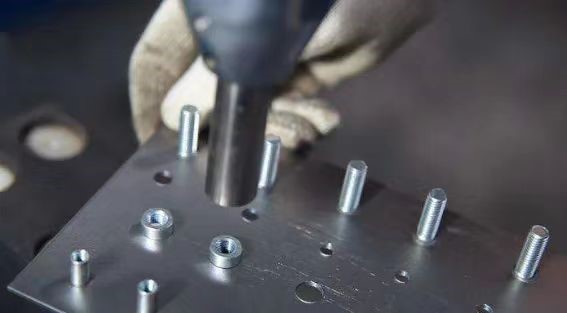1. Active riveting. The joint can rotate with each other. Not a rigid connection.
For example: scissors, pliers.
2. Fixed riveting. The joint cannot move with each other. This is a rigid connection.
For example, angle rulers, nameplates on three ring locks, and bridge buildings.
3. Seal riveting. The riveting joint is tight and does not leak gas or liquid. This is a rigid connection.
Riveting can be divided into two types: cold riveting and hot riveting. Hot riveting has good tightness, but there is a gap between the rivet rod and the nail hole, which cannot participate in force transmission. When cold riveting, the rivet rod is upset, the account is full of rivet holes, and there is no gap between the rivet rod and the rivet hole. Steel rivets with a diameter greater than 10mm are heated to 1000~1100 ℃ for hot riveting, and the hammer force per unit area on the rivet rod is 650~800MPa.
Steel rivets with a diameter less than 10mm and rivets made of non ferrous metals, light metals, and alloys with good plasticity are commonly used for cold riveting.
Post time: Nov-02-2023


